Creating a full-stack application with React or Angular, Java, and PostgreSQL
Here's a high-level overview of the process in serveral steps.
2/20/20232 min read

Creating a full-stack application with React or Angular, Java, and PostgreSQL involves several steps. Here's a high-level overview of the process:
Set up the backend: First, create a Java project using a framework like Spring Boot or Java EE. Set up the database connection and make the necessary models, repositories, and controllers to handle the application's business logic.
Set up the front end: Create a new React or Angular project and set up the necessary dependencies. Create the components and pages for the UI and use a library like Axios to make API calls to the backend.
Connect the backend and front end: Use REST APIs to connect the backend and front end. This involves defining the endpoints in the backend controllers and making HTTP requests from the front end to the back end.
Set up the database: Create a PostgreSQL database and define the necessary tables and relationships. Use an ORM like Hibernate to map the Java models to the database schema.
Implement the business logic: Write the necessary code to implement the application's business logic. This involves defining the rules and processes that govern how data is stored, retrieved, and updated.
Test and deploy: Test the application to ensure it is working correctly and has no bugs or errors. Once it has been thoroughly tested, deploy the application to a production server or cloud platform like AWS or Heroku.
While this is a high-level overview of the process, many details and nuances are involved in creating a full-stack application with React or Angular, Java, and PostgreSQL. Following best practices, using design patterns, and taking advantage of available resources and tools is recommended to create a robust and efficient application
Many online courses and resources are available for creating full-stack applications with React or Angular, Java, and PostgreSQL. Here are a few recommendations:
Full-Stack React, Java, and PostgreSQL: This Udemy course covers building a full-stack application with React, Java, and PostgreSQL. It covers topics like REST APIs, authentication, and deployment to Heroku.
Build a full-stack application with Angular, Java, and PostgreSQL: This Pluralsight course covers building a full-stack application with Angular, Java, and PostgreSQL. It covers topics like creating REST APIs, using Angular services and deploying to a cloud platform.
Spring Boot and Angular: This course on the Spring website covers building a full-stack application with Spring Boot and Angular. It covers topics like creating REST APIs, using Angular services and deploying to a cloud platform.
Full-Stack Web Development with React and Node.js: This Udemy course covers building a full-stack application with React, Node.js, and MongoDB. While it doesn't cover Java or PostgreSQL specifically, it covers many of the same concepts and is an excellent resource for learning full-stack web development.
These are just a few examples, and many more courses and resources are available online. When choosing a course, looking for one that matches your skill level and interests and covers the specific technologies and frameworks you want to learn is essential.
SEE OTHER POSTS
Location
711 Garlington Rd,
Greenville, SC 29615
Hours
I-V 9:00-18:00
VI - VII Closed
Contacts
Copyright © 2023 by EMAXCode LLC. All rights reserved.
